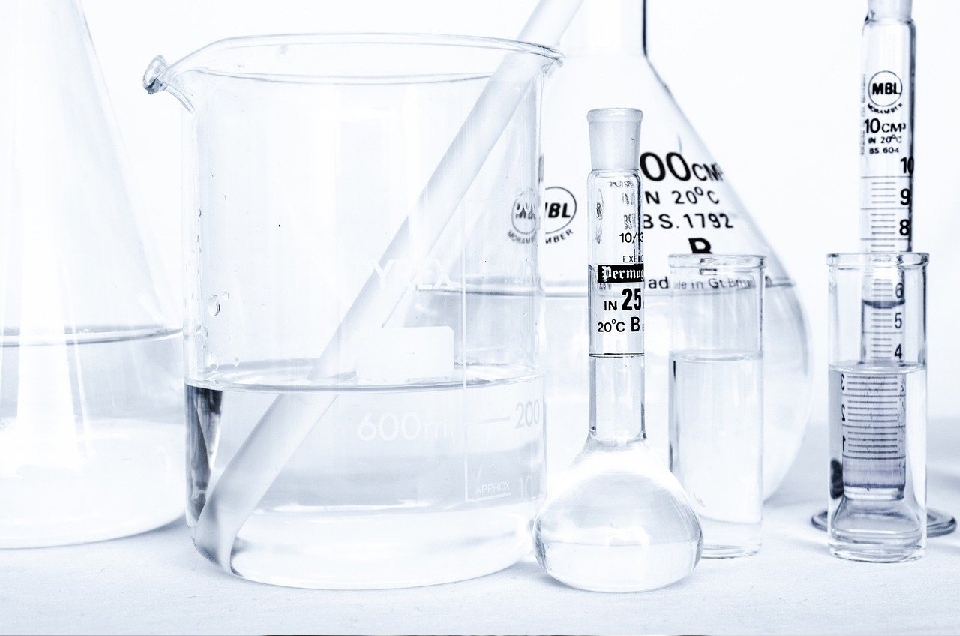Ralsonics’ industrial ultrasonic processors are powerful tools for large scale 24X7 processing. Multiple processors can be connected in series or parallel to scale up to any volume required. Our efficient processors ensure that processing time is minimized ensuring much lower processing costs. All our industrial processors are customized to your exact requirements ensuring zero compromise on your process.
Ultrasonic Horn Processors are high-power ultrasonic devices designed to deliver intense acoustic energy into liquids and semi-solid materials for applications such as homogenization, dispersion, emulsification, cell disruption, degassing, and sonochemistry. Unlike conventional ultrasonic cleaners, horn processors use a probe (horn/sonotrode) to directly transmit ultrasonic energy into the sample, achieving maximum efficiency and intensity.
Ralsonics’ Ultrasonic Horn Processors are engineered with state-of-the-art digital generators, robust transducers, and precision-machined horns, ensuring unmatched performance for both laboratory research and industrial-scale processing.
Contact our experts for more details.

How It Works
Key Features
Advantages
Technical Specifications (Typical Range – Customizable)
Applications
Features
Auto-tuning frequency
Microprocessor controlled frequency
Digital Timer
Set and control the process time
Optional Features
Adjustable power
Control ultrasonicator power for different applications.
Burst/pulse mode
Prevent hot zones in temperature sensitive samples
Additional tips
Complete control over all process variations required
Flow cell
Sonicate larger volumes
Water Cooled Transducer
Increase transducer life for higher power
Coloured touchscreen
Access all features easily
Temperature control
Set and control the process temperature
Programmable Control
Complete control over all process parameters
Foot switch
Prevent transducer overheating in high power applications
“FAQs”
Unlike ultrasonic baths that deliver indirect energy through water, horn processors transmit ultrasonic energy directly into the sample, resulting in higher intensity and efficiency.
Yes, by adjusting amplitude and using pulsed sonication, cell disruption can be performed without damaging sensitive biomolecules.
Horns are typically made from titanium or stainless steel, depending on the application.
Yes. Ralsonics offers lab-scale benchtop units as well as high-power industrial processors.



